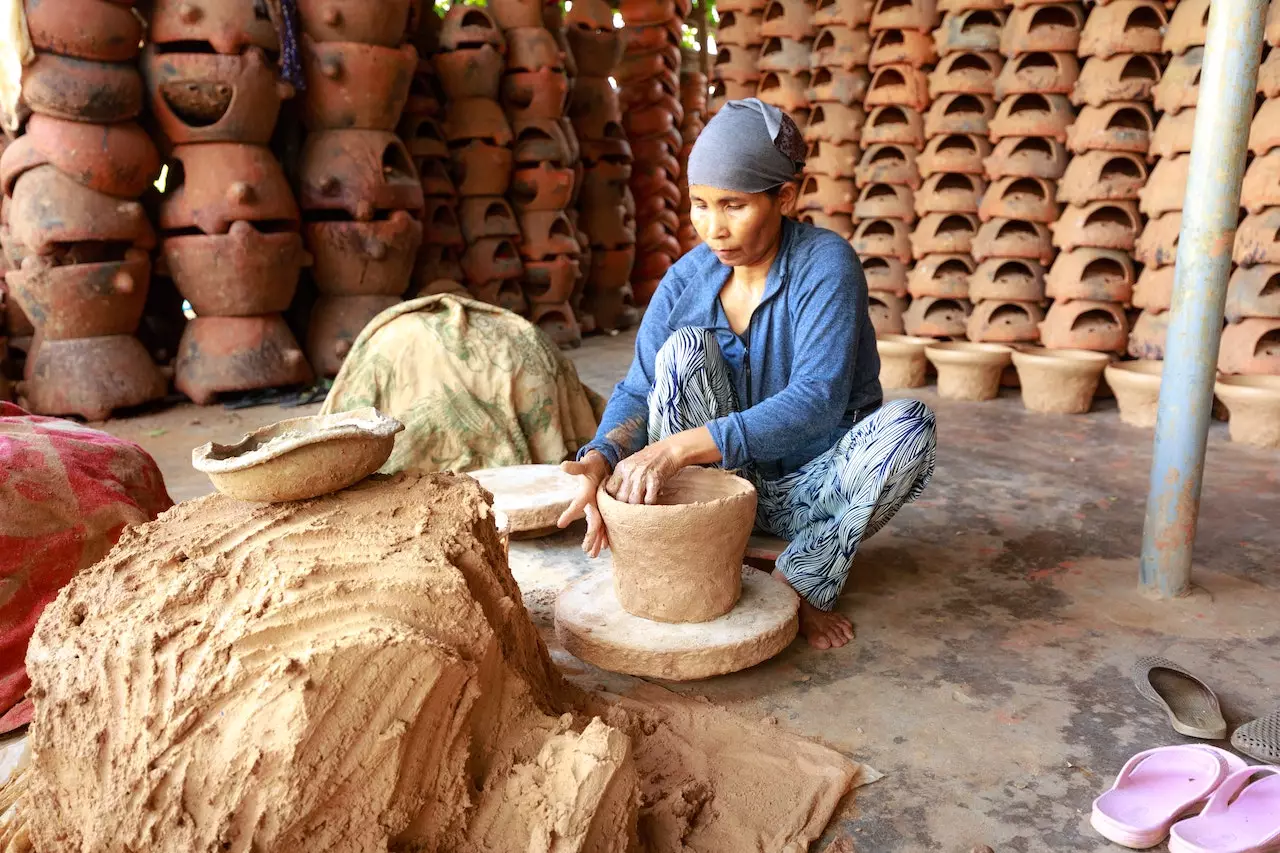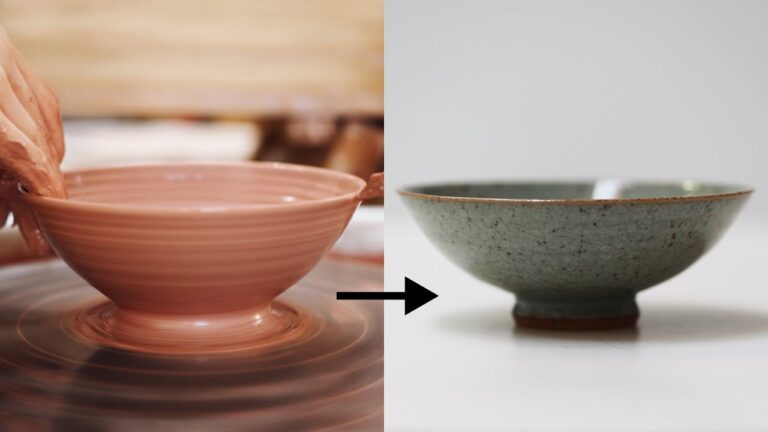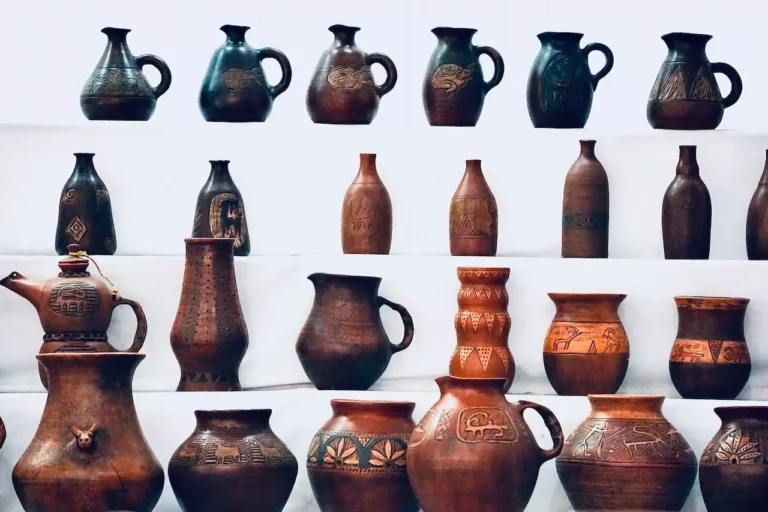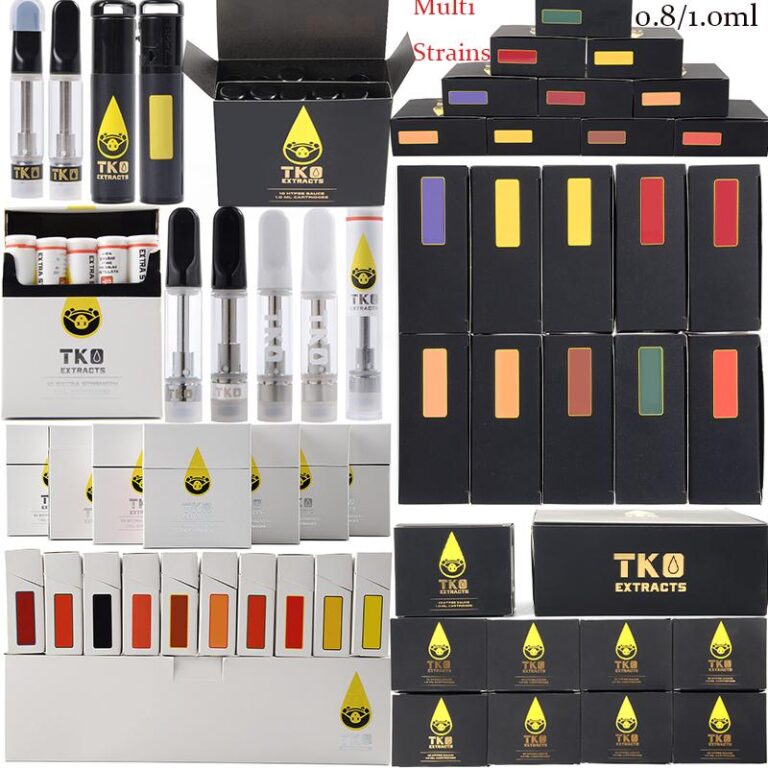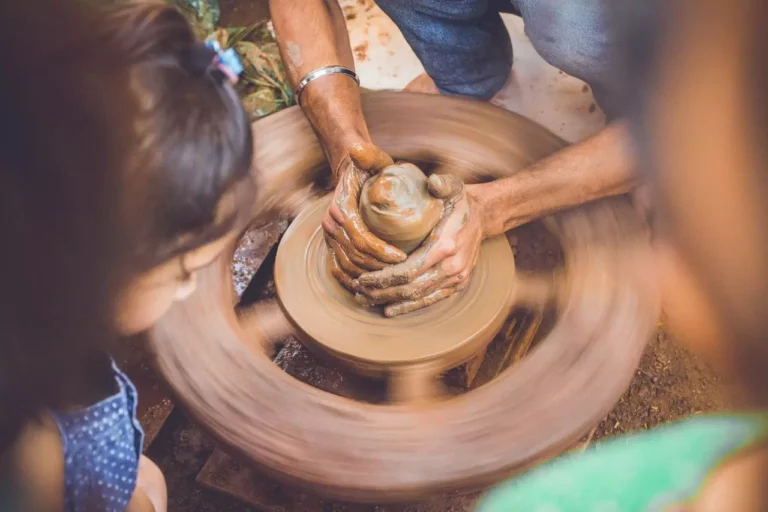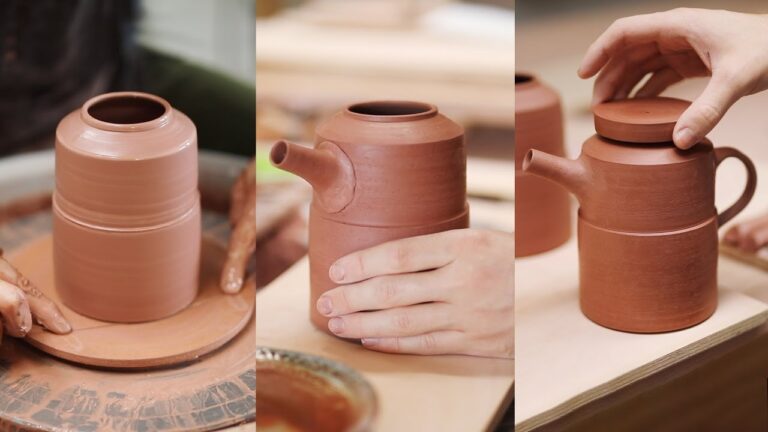How Does a Potter Make Pottery?
Pottery has a rich history dating back thousands of years and continues to be a cherished craft today. From functional vessels to intricate sculptures, pottery is created through a series of carefully executed steps. In this article, we will explore the process of how a potter makes pottery, from the initial preparation of materials to the finishing touches.
1. Introduction
Pottery is the art of creating objects made from clay that are hardened through firing. It involves various techniques, including shaping, glazing, and firing, to transform raw materials into beautiful and functional ceramic pieces. Let’s dive into the fascinating world of pottery and discover how it comes to life.
2. History of Pottery
Pottery has been an integral part of human civilization for thousands of years. The earliest pottery artifacts date back to around 29,000 BCE and were discovered in present-day Czech Republic. Throughout history, pottery has served practical purposes, such as storing food and water, as well as artistic expressions. Ancient civilizations like the Egyptians, Greeks, and Chinese made significant contributions to the art of pottery.
3. Types of Pottery
Pottery can be categorized into different types based on the type of clay used and the firing temperature. The three main types are earthenware, stoneware, and porcelain.
– Earthenware
Earthenware is the oldest and most common type of pottery. It is made from clay that is fired at low temperatures, usually between 1,000 and 1,150 degrees Celsius. The resulting pottery is porous and typically requires glazing to make it waterproof.
– Stoneware
Stoneware is fired at higher temperatures, ranging from 1,200 to 1,300 degrees Celsius. It is known for its durability and strength. Stoneware can be left unglazed, resulting in a natural, earthy appearance, or it can be glazed for a smoother finish.
– Porcelain
Porcelain is a type of pottery known for its translucent and delicate nature. It is made from a specific type of clay called kaolin and is fired at extremely high temperatures, usually above 1,200 degrees Celsius. Porcelain is renowned for its beauty and is often used to create fine tableware and decorative pieces.
4. Materials Used in Pottery
The primary material used in pottery is clay. However, additional substances and coloring agents are often added to enhance the clay’s properties and create desired effects.
– Clay
Clay is the foundation of pottery. It is a natural material composed of fine particles that come from the erosion of rocks. Different types of clay possess unique characteristics, such as plasticity and color. Common types of clay used in pottery include earthenware clay, stoneware clay, and porcelain clay.
– Additives and Coloring Agents
To modify the properties of clay, additives such as grog (fired clay particles) or sand can be mixed in. These additives improve the clay’s workability and reduce shrinkage during drying and firing. Coloring agents, such as oxides and stains, are also added to achieve specific colors and surface effects.
5. Preparing the Clay
Before shaping the clay, it needs to be properly prepared to remove air bubbles and ensure consistency.
– Wedging
Wedging is a process of kneading and manipulating the clay to remove air pockets and achieve uniformity. It also aligns the clay particles, making it more workable.
– Kneading
Kneading involves pressing, rolling, and folding the clay repeatedly to further remove air and ensure a smooth texture. It helps improve the clay’s plasticity and removes any lumps or impurities.
6. Forming Techniques
There are several techniques used by potters to shape clay into various forms. The choice of technique depends on the desired outcome and the potter’s expertise.
– Handbuilding
Handbuilding involves shaping clay using hands and simple tools. It allows for a range of forms, including pinch pots, coil pots, and slab-built objects. Handbuilding offers great flexibility and allows the potter to create unique and organic shapes.
– Wheel-throwing
Wheel-throwing is a technique where the potter uses a potter’s wheel to shape the clay. The spinning wheel enables the potter to create symmetrical forms such as bowls, vases, and cups. The potter’s hands shape the clay while it spins on the wheel, resulting in precise and consistent forms.
– Slipcasting
Slipcasting is a method where liquid clay, called slip, is poured into a plaster mold. The mold absorbs the moisture from the slip, leaving behind a solid clay object. Slipcasting is commonly used to create multiples of the same form, such as dinnerware sets.
7. Decoration and Surface Treatment
Once the pottery form is complete, potters often enhance their creations with various decorative techniques.
– Glazing
Glazing involves applying a liquid mixture of minerals and pigments onto the pottery’s surface. When fired, the glaze melts and fuses with the clay, creating a glassy, protective coating. Glazes can be transparent, opaque, glossy, matte, or textured, adding visual interest to the finished piece.
– Painting
Painting on pottery allows for intricate designs and patterns. Potters use colored pigments mixed with water or glaze to paint directly on the clay surface. This technique can be used to create both abstract and realistic designs.
– Carving and Incising
Carving and incising are techniques where the potter removes clay from the surface to create patterns or textures. Tools like knives or needles are used to cut into the clay, revealing the contrasting layers or creating intricate designs.
8. Drying and Firing
After the decoration and surface treatment, the pottery needs to be properly dried and fired to transform it into a durable and finished product.
– Greenware
Greenware refers to unfired pottery that has completely dried out. During this stage, the clay is fragile and can still absorb water. It is important to handle greenware with care to prevent cracking or breakage.
– Bisqueware
Bisqueware is pottery that has been fired once, typically at a lower temperature. This firing removes all the remaining water and organic matter from the clay, making it less fragile and ready for glazing.
– Glaze Firing
Glaze firing is the final step in the pottery-making process. It involves firing the glazed pottery at the appropriate temperature to achieve the desired results. The high temperatures cause the glaze to melt and adhere to the clay, resulting in a finished, glossy, and durable surface.
9. Finishing and Refining
After the pottery has been fired, potters often refine the surfaces and add final touches to enhance the overall appearance.
– Sanding
Sanding involves smoothing the surfaces of the pottery using sandpaper or abrasive tools. It removes any rough edges, uneven textures, or imperfections, resulting in a more polished finish.
– Polishing
Polishing is a technique where the potter rubs the surface of the pottery with a smooth stone or other burnishing tools. This process compresses the clay particles, giving the pottery a shiny, polished look without the use of glaze.
– Adding Final Touches
At this stage, potters may add additional elements to their pottery, such as handles, knobs, or decorative attachments. These final touches add functionality and aesthetic appeal to the finished piece.
FAQs
1. Is pottery-making a difficult skill to learn?
Pottery-making requires practice and patience, but with dedication and guidance, anyone can learn the craft. Starting with basic techniques and gradually building your skills will help you become proficient in pottery-making.
2. How long does it take to make a pottery piece?
The time required to make a pottery piece can vary depending on its complexity, size, and the drying and firing times. Simple pieces can be made in a few hours, while more intricate designs may take days or even weeks to complete.
3. Can pottery be made without a potter’s wheel?
Yes, pottery can be made without a potter’s wheel through handbuilding techniques like pinch pots, coil pots, and slab-building. These methods allow for creativity and unique forms.
4. Is pottery a sustainable art form?
Pottery can be considered a sustainable art form as it utilizes natural materials like clay and can be fired using energy-efficient kilns. Many potters also prioritize recycling clay and minimizing waste in their processes.
5. Can pottery be microwaved or put in the dishwasher?
It depends on the type of pottery and glaze used. Some pottery is microwave and dishwasher safe, while others may be more delicate and require handwashing. It’s always recommended to check the specific instructions provided by the potter or manufacturer.
10. Conclusion
Pottery is a fascinating art form that combines creativity, skill, and craftsmanship. From the initial preparation of clay to the final firing and finishing touches, each step in the pottery-making process contributes to the creation of unique and beautiful ceramic pieces. Whether it’s a functional mug or an intricate sculpture, pottery continues to captivate us with its versatility and timeless beauty.
